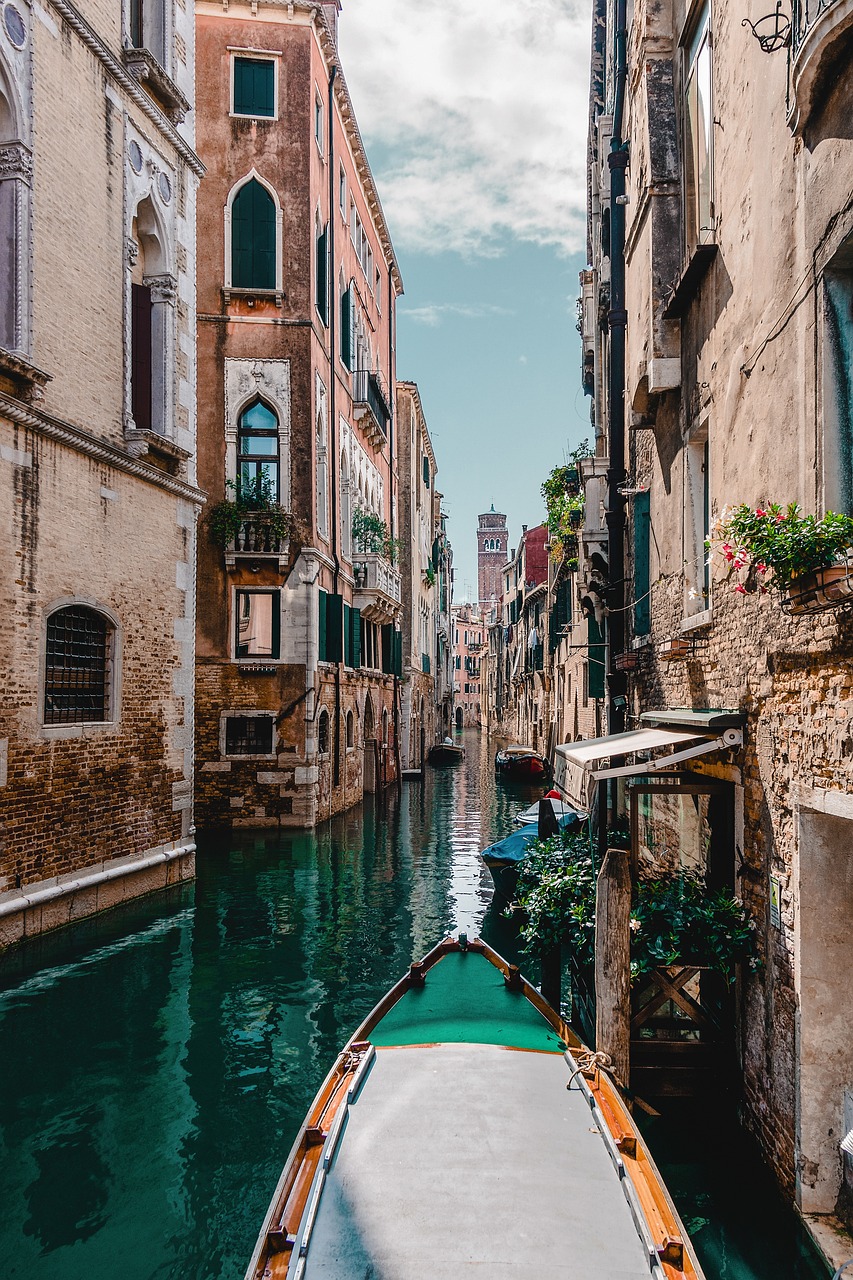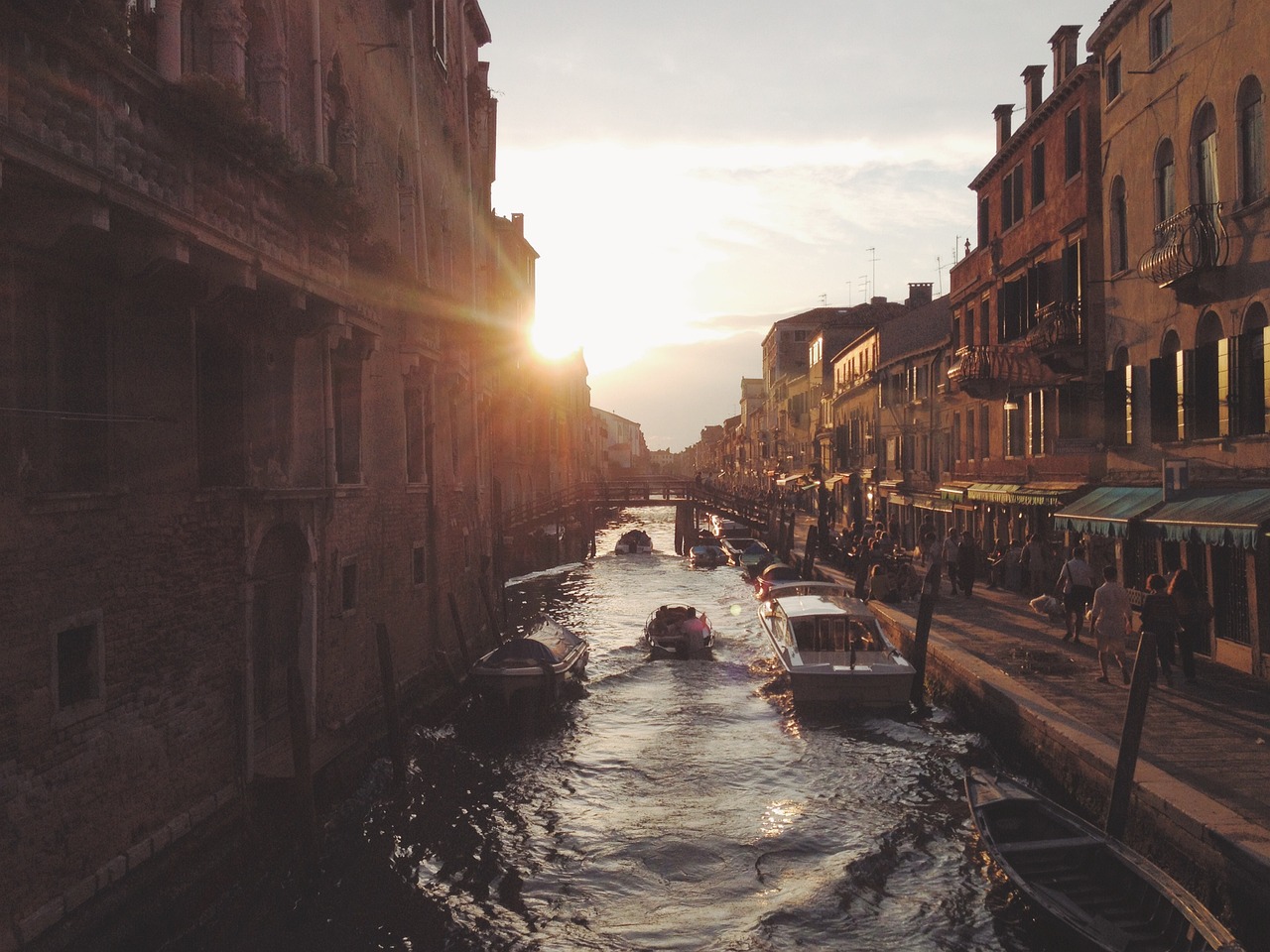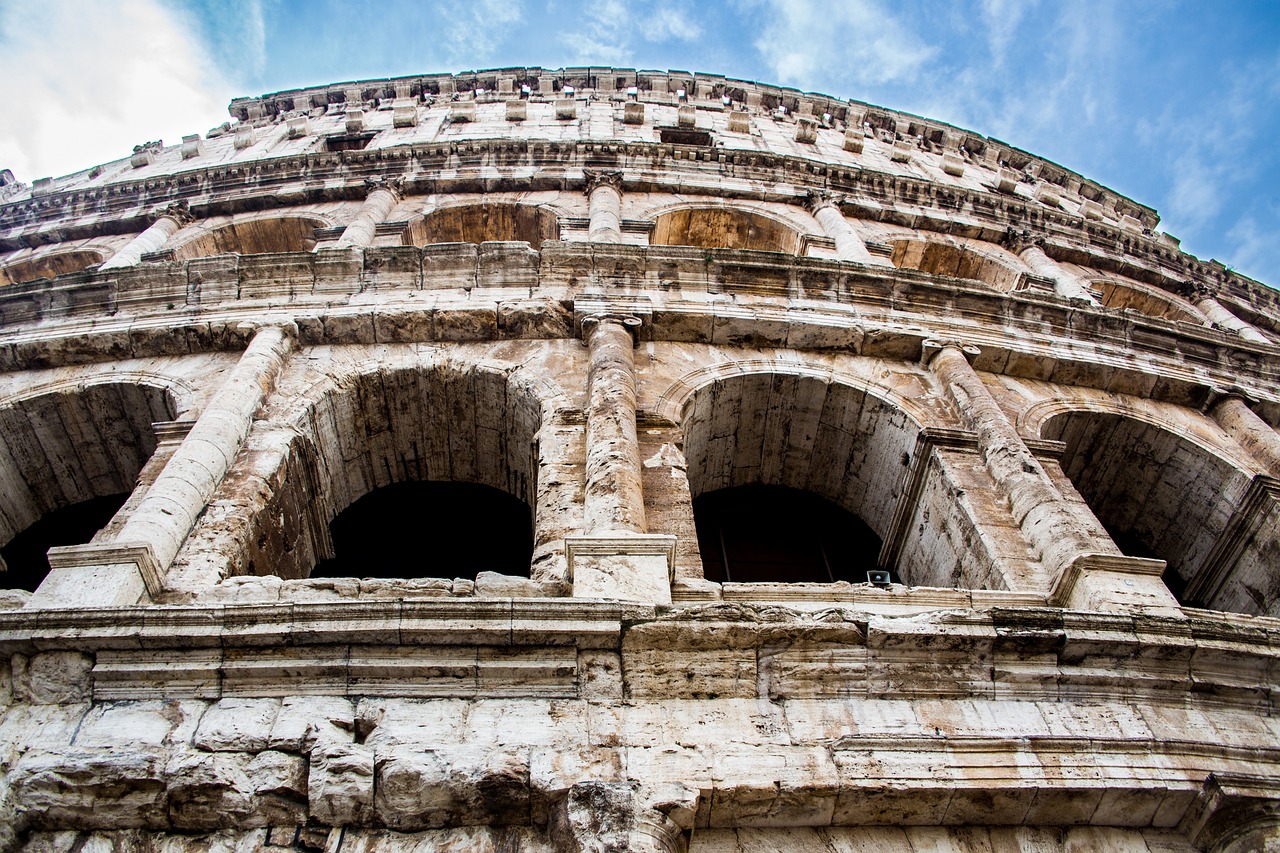Italy Video
Cultural Sensitivities: Understanding Local Norms in Italy
Italy, known for its rich history, stunning architecture, and delicious food, is a country with a unique culture and set of customs. To fully appreciate and respect the Italian way of life, it is important to understand and adhere to the local norms and cultural sensitivities. This article aims to provide you with a comprehensive guide to navigating the cultural landscape of Italy.
Italian Greetings and Etiquette
When interacting with Italians, greetings play a significant role. Italians often greet each other with a kiss on both cheeks, even when meeting for the first time. It is important to note that this is more common among friends and acquaintances, rather than in formal or business settings. Handshakes are generally appropriate in professional settings, and it is customary to maintain eye contact during the greeting.
- Arrivederci: This is the most common way to say goodbye in Italian. It translates to “goodbye” or “see you later.” It is polite to use this phrase when leaving a social gathering or when parting ways with someone.
- Prego: This versatile word can mean “you’re welcome,” “please,” or “after you.” It is commonly used in various situations, such as when someone thanks you or when offering someone a seat.
- Scusa: If you accidentally bump into someone or make a mistake, saying “scusa” (excuse me) is a polite way to apologize and acknowledge your error.
- La Tavola Italiana: The Italian table is a sacred space where food and family come together. It is considered impolite to start eating before everyone is seated and the host says, “Buon appetito.” Additionally, it is customary to keep your hands visible on the table while dining.
- Dress Code: Italians generally dress elegantly and take pride in their appearance. To blend in with the locals, it is advisable to dress modestly and avoid wearing beachwear or revealing clothing in public places.
Italian Cuisine and Dining Etiquette
Italian cuisine is renowned worldwide, and dining in Italy is an experience in itself. Understanding the dining etiquette will help you navigate the culinary landscape with ease.
- Espresso Culture: Italy is famous for its espresso culture. It is customary to drink espresso quickly while standing at the bar. Sitting down for a leisurely coffee is more common in tourist areas.
- Meal Times: Italians have set meal times, with lunch typically served between 12:30 pm and 2:00 pm and dinner between 7:30 pm and 9:00 pm. It is important to note that some restaurants may have different opening hours, especially in smaller towns or during the afternoon siesta.
- Antipasto, Primo, Secondo, Dolce: Italian meals are usually divided into several courses. The antipasto (appetizer), primo (first course), secondo (second course), and dolce (dessert) are commonly served. It is not mandatory to order all courses, but it is customary to follow the sequence if dining in a traditional Italian restaurant.
- Tipping: In Italy, service charges are often included in the bill, indicated as “servizio incluso.” However, it is common to leave some small change or round up the bill as a gesture of appreciation for good service.
- Gelato Etiquette: Gelato is a beloved Italian treat. When ordering gelato, it is customary to pay first at the cashier and then present the receipt to the gelato vendor to receive your chosen flavors. Additionally, avoid asking for multiple flavors in a single cone, as it is considered improper.
Italian Gestures and Body Language
Italians are known for their expressive gestures and body language, which often accompany their conversations. Understanding these non-verbal cues can help you communicate effectively and avoid misunderstandings.
- Hand Gestures: Italians commonly use hand gestures to emphasize their points or convey emotions. For example, the “okay” sign (thumb and index finger forming a circle) has a different meaning in Italy and is considered offensive. It is best to avoid using this gesture altogether.
- Personal Space: Italians tend to stand close to each other when conversing. Personal space is smaller compared to some other cultures. It is important to respect this proximity and not to step back or create unnecessary distance while interacting.
- Eye Contact: Maintaining eye contact during conversations is seen as a sign of respect and interest. Avoiding eye contact may be interpreted as disinterest or rudeness.
- Head Movements: Nodding the head up and down usually means “yes,” while shaking the head from side to side means “no.” However, Italians may also use subtle head movements to express uncertainty or agreement.
- Touching: Italians are generally more tactile in their interactions. Light touches on the arm or shoulder may be used to express warmth and familiarity. However, it is essential to gauge the situation and respond accordingly.
Italian Fashion and Style
Italy is known as a fashion capital, and Italians take great pride in their personal style. Understanding the fashion trends and norms can help you blend in and appreciate the local fashion culture.
- Classic Elegance: Italians are known for their classic and effortlessly chic style. Invest in well-tailored clothing, opt for timeless pieces, and prioritize quality over quantity.
- Neutral Tones: Italians often prefer neutral tones, such as black, white, beige, and navy. Incorporate these colors into your wardrobe to achieve a sophisticated and stylish look.
- Statement Accessories: Italians use accessories to elevate their outfits. Invest in high-quality accessories, such as leather bags, scarves, and sunglasses, to add a touch of Italian flair to your ensemble.
- Dress for the Occasion: Italians pay attention to dressing appropriately for different occasions. Whether it’s a casual outing or a formal event, make sure to dress accordingly and avoid being underdressed or overdressed.
- Confidence and Self-Expression: Italians exude confidence in their fashion choices. Embrace your personal style and use fashion as a form of self-expression while respecting local norms and modesty.
Italy Image 1:

Italian Art and Architecture
Italy is home to some of the most iconic art and architecture in the world. From Michelangelo’s David to the Colosseum, Italian artistic and architectural contributions are celebrated globally.
- Renaissance Masterpieces: The Renaissance period gave birth to numerous masterpieces in Italy. Explore famous artworks, such as Leonardo da Vinci’s Mona Lisa and Botticelli’s The Birth of Venus, in renowned museums like the Uffizi Gallery in Florence.
- Architectural Marvels: Italy boasts architectural wonders, including the Colosseum in Rome, the Leaning Tower of Pisa, and the Duomo di Milano. Marvel at the intricate details and historical significance of these iconic structures.
- Religious Art and Churches: Italy is known for its religious art, with churches adorned with stunning frescoes and sculptures. Visit the Vatican Museums, home to the Sistine Chapel, or explore the Basilica di San Marco in Venice to witness the beauty of Italian religious art.
- Public Squares and Fountains: Italian piazzas, such as Piazza Navona in Rome and Piazza del Campo in Siena, are vibrant gathering places adorned with magnificent fountains and surrounded by architectural gems. Take a leisurely stroll and immerse yourself in the lively atmosphere.
- Architectural Influences: Italy has been influenced by various architectural styles throughout history. From Romanesque and Gothic to Baroque and Neoclassical, each period has left its mark on the architectural landscape of the country.
Italian Language and Communication
While English is widely spoken in tourist areas, making an effort to learn some basic Italian phrases can enhance your experience and show respect for the local culture.
- Buon giorno: This phrase translates to “good morning” and is used as a general greeting throughout the day until late afternoon.
- Grazie: “Thank you” is an essential phrase to express gratitude. Italians appreciate when visitors make an effort to say grazie.
- Parla inglese?: If you need assistance in English, you can politely ask, “Do you speak English?” Many Italians, especially in tourist areas, have a basic understanding of English.
- Scusi: Use this word to get someone’s attention or to apologize for any inconvenience.
- Learn Basic Phrases: Familiarize yourself with common phrases such as “please” (per favore), “excuse me” (mi scusi), and “I don’t understand” (non capisco) to facilitate communication.
Italy Image 2:

Italian Festivals and Traditions
Italy is known for its vibrant festivals and traditions, which provide a glimpse into the country’s cultural heritage. Participating in these events allows you to immerse yourself in the local culture.
- Carnival: Italy celebrates Carnival with colorful parades, masquerade balls, and traditional sweets like chiacchiere and frittelle. The most famous Carnival takes place in Venice, where elaborate masks and costumes are worn.
- Christmas Markets: During the holiday season, Italian cities come alive with Christmas markets. Explore the stalls selling handmade crafts, local delicacies, and festive decorations.
- Pasqua (Easter): Easter is a significant religious holiday in Italy. Witness the impressive processions, such as the Via Crucis (Stations of the Cross), held in various cities.
- Panettone and Pandoro: These traditional Italian Christmas cakes are a must-try during the holiday season. Indulge in the rich flavors and unique textures of these festive treats.
- Palio di Siena: The Palio is a thrilling horse race held twice a year in Siena. Experience the excitement as the different neighborhoods compete for victory.
Italian Transportation and Public Etiquette
Getting around Italy efficiently and respectfully requires an understanding of the local transportation system and public etiquette.
- Public Transportation: Italy has an extensive network of trains, buses, and metros. Validate your ticket before boarding and be mindful of designated seating for the elderly, disabled, and pregnant women.
- Taxi Services: Taxis can be hailed from designated ranks or booked through apps. It is customary to tip the driver, rounding up the fare.
- Rideshares: Popular rideshare services like Uber and Lyft are available in major Italian cities. Follow the same etiquette as you would in your home country when using these services.
- Museums and Cultural Sites: When visiting museums or cultural sites, respect the rules and regulations. Avoid touching artifacts, follow designated routes, and be mindful of noise levels.
- Queuing: Italians have a more relaxed approach to queuing, especially in crowded areas. Be patient and respectful while waiting in line.
Italy Image 3:

Conclusion
Italy’s cultural sensitivities encompass greetings, dining etiquette, gestures, fashion, art, language, festivals, and transportation. By understanding and respecting these local norms, you can enhance your experience and forge meaningful connections with the Italian people. Embrace the rich traditions and immerse yourself in the vibrant culture of Italy.
References
– Lonely Planet: www.lonelyplanet.com
– Italia.it: www.italia.it
– The Local Italy: www.thelocal.it
– Walks of Italy: www.walksofitaly.com
– Italian Tourism Official Website: www.italia.it


